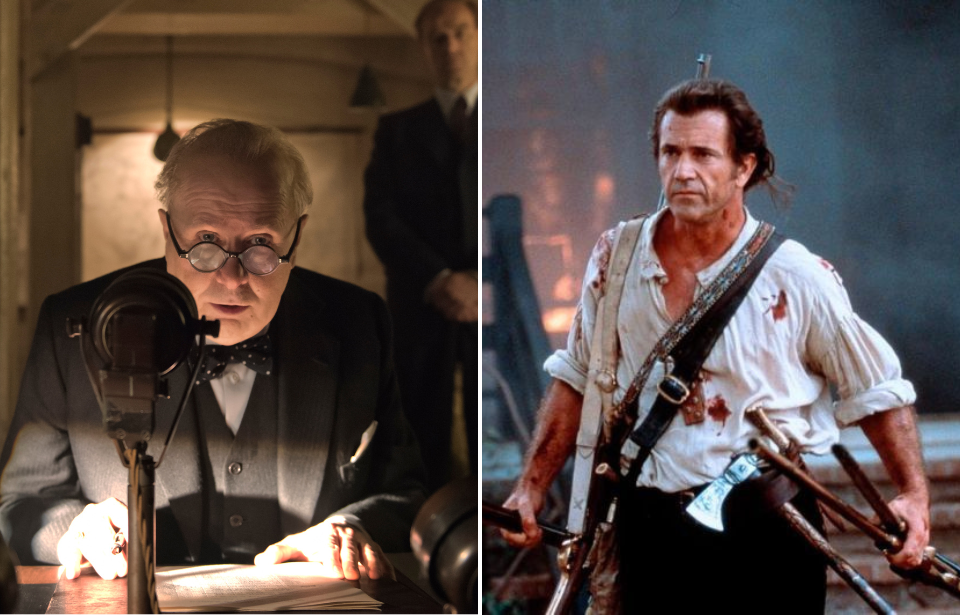For better or for worse, historical accuracy is often given up for entertainment purposes when it comes to certain films. Even the military movies most people think of as accurate are pretty misleading. Don’t believe us? Well, here are five popular war movies that contain both misleading and historically inaccurate information.
The Imitation Game (2014)
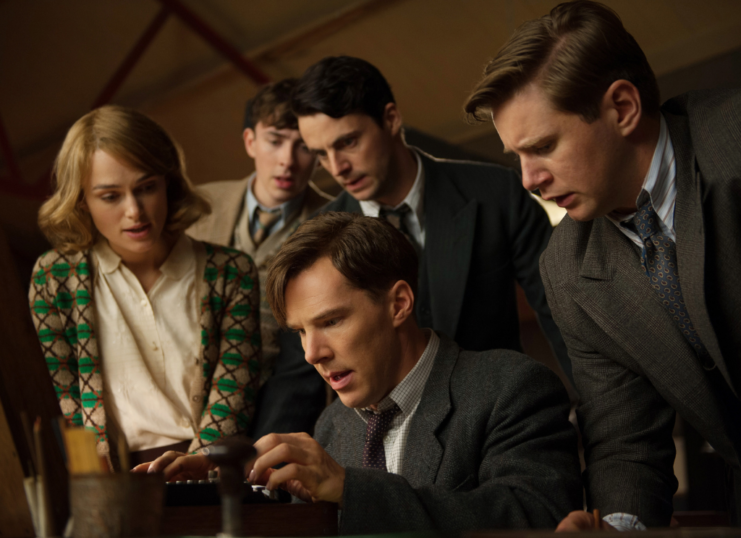
The Imitation Game (2014) follows mathematical genius and cryptologist Alan Turing (Benedict Cumberbatch) while he attempts to break the German Enigma Code during World War II. Based on the 1983 biography, Alan Turing: The Enigma by Andrew Hodges, the film focuses on Turing’s role in building the machine that would eventually break the German’s secretive code.
This military movie would have viewers believe Turing single-handedly thought up the concept for the Engima machine and built it by hand, but that’s actually misleading. In reality, an earlier version of the machine – the bombe – had been invented by Polish cryptologists before Turing started working for the British government.
Similarly, The Imitation Game would have viewers think Turing was single-handedly responsible for inventing the bombe, when it was actually a joint effort by himself and fellow cryptologist Gordon Welchman, who wasn’t even mentioned in the film.
Darkest Hour (2017)
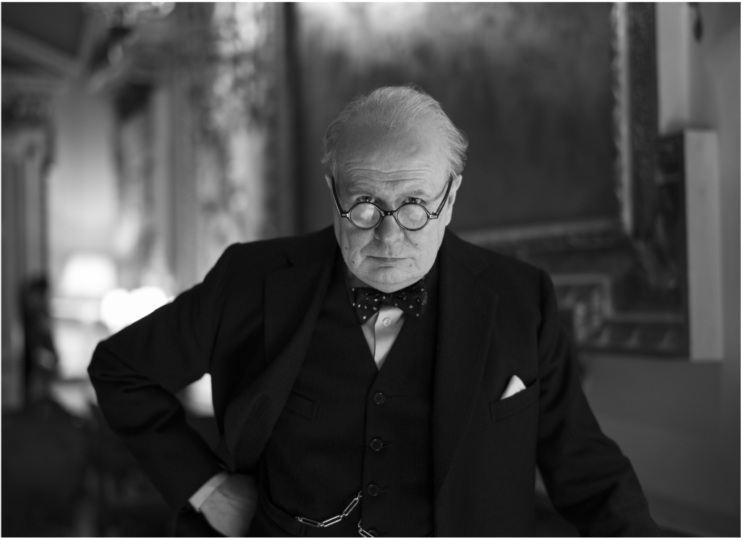
Darkest Hour (2017) follows Winston Churchill‘s (Gary Oldman) first few weeks as Britain’s prime minister in May 1940. The film focuses on whether he and the British public should stand up to Germany or accept peace negotiations.
The most famous scene in Darkest Hour is when Churchill rides the Tube and asks Londoners about the peace negotiations. He then goes to Parliament and immediately delivers his famous “we shall fight on the beaches” speech, receiving a standing ovation.
The history behind this iconic scene is quite different to how this military movie would have viewers believe, inserting some misleading moments. For starters, there’s absolutely no evidence Churchill ever rode the Tube to ask Londoners questions.
Screenwriter Anthony McCarten states the British prime minister would “often go AWOL, disappear and pop up in London with ordinary people.” However, military historian and Churchill biographer Ashley Jackson states Churchill was so sure of himself and his choices that he’d never ask the local population for their opinions.
Similarly, the “we shall fight on the beaches” scene is also filled with inaccuracies. The film leads viewers to believe Churchill delivered this speech in Parliament on May 28, 1940, when, in reality, it was given on June 4.
As well, it was depicted as Churchill himself remembered it in his memoir, standing ovation and all. However, it was remembered differently to how it happened. According to Hugh Dalton, Churchill’s intentions were met with “enthusiasm” and a “murmer of approval,” not the thunderous applause and standing ovation he and Darkest Hour depict.
Saving Private Ryan (1998)
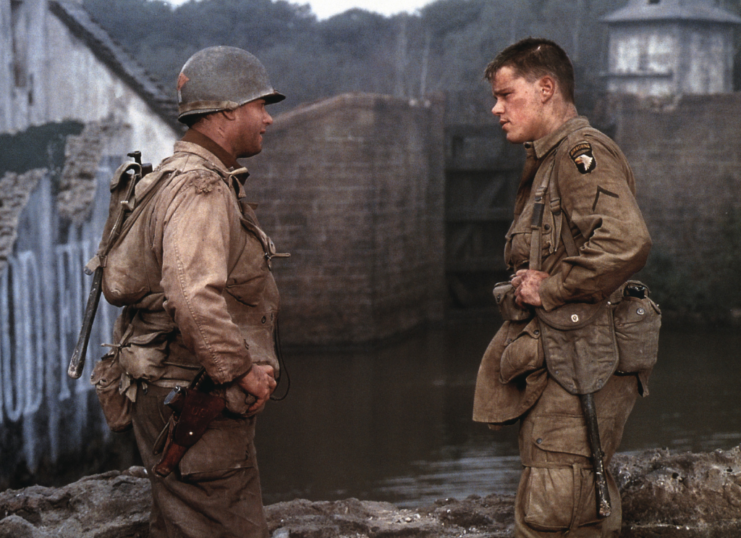
Arguably one of the best and most accurate WWII films of all time, Saving Private Ryan (1998) follows Capt. John Miller (Tom Hanks) and his soldiers as they try to find Pvt. James Ryan (Matt Damon). His three brothers had all previously been killed in action, and the US military wanted to send Ryan home to his family.
While this military movie doesn’t have too many historical inaccuracies or misleading moments, there are some minor errors. For starters, the group’s journey into enemy territory takes place during daylight. For obvious reasons, such movements would have occurred under the cover of darkness. Similarly, during their mission, the soldiers are often seen chatting and with their helmets off. For safety reasons, this would have been a very irregular practice.
Nonetheless, Saving Private Ryan remains one of the best visual depictions of D-Day and the experiences of soldiers during the history-defining offensive.
The Patriot (2000)
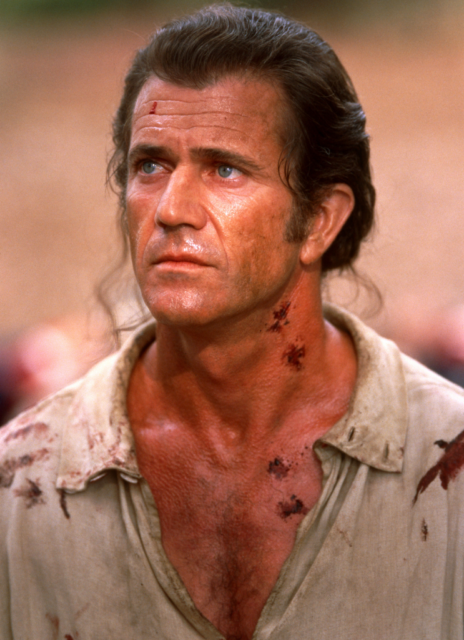
The Patriot (2000) is an American Revolution epic that follows South Carolina’s Benjamin Martin’s (Mel Gibson) journey throughout the war. Originally a pacifist and veteran of the French and Indian War, Martin becomes a patriot militia leader once his son is killed.
Although a fictional character, Martin is said to be based on real figures, including Thomas Sumter, Andrew Pickens, Daniel Morgan and Francis Marion. Although Martin freed slaves in the film, the reality of the situation was that both Sumter and Marion were slaveowners.
Slavery, in general, was another misleading topic presented in this military movie. Viewers without historical backgrounds might think it was nearly nonexistent during the American Revolution, as the issue is nearly eliminated from The Patriot.
The one African-American character in the film, Occam (Jay Arlen Jones), fights with Martin’s militia in return for his freedom. Historically, however, African-Americans during the war had a better chance of obtaining freedom by fighting with the Loyalists.
Flyboys (2006)
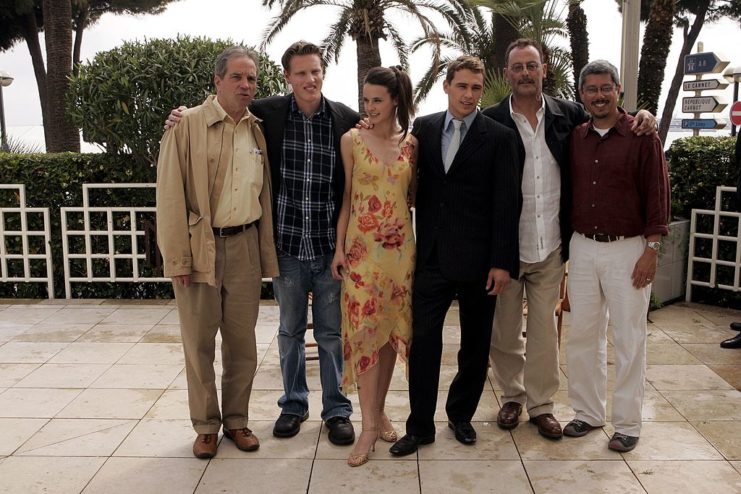
The last misleading military movie is Flyboys (2006). The film follows a group of American men who go to France to enlist in the French Air Service prior to America entering the First World War.
The most glaring inaccuracy is the combination of the La Fayette Escadrille with the Lafayette Flying Corps. The former was created in 1915 with only a handful of novice American aviators joining. As word spread that Americans could fly in Europe, more traveled to France. Unable to accommodate these new volunteers, French Air Service leaders formed the Lafayette Flying Corps.
More from us: Movies That Best Show the Realities of Tank Warfare
Flyboys made it seem as though only a small number of Americans volunteered to fly in France during World War I. Starting in 1916 and covering America’s entrance into the conflict and take over of the La Fayette Escadrille, the film would lead viewers to believe only a handful of American pilots were in France. In reality, hundreds were already flying overseas.
